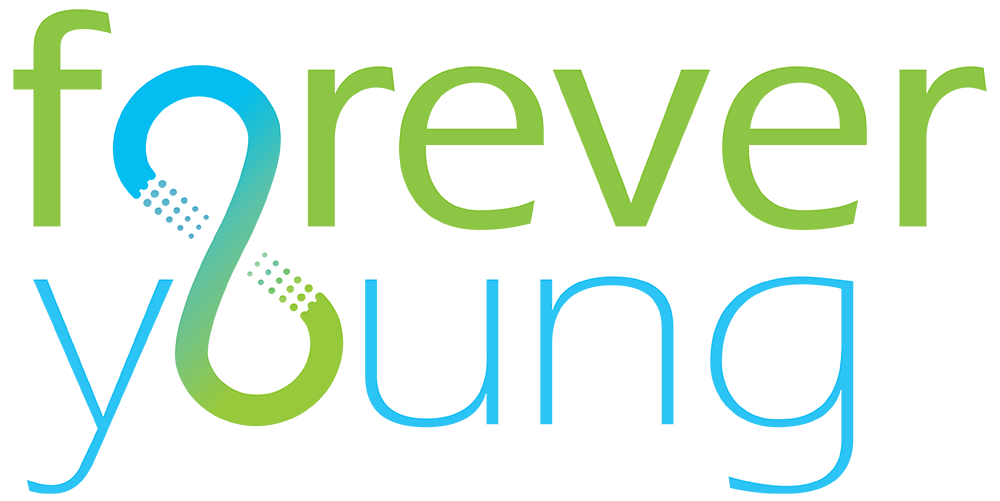High blood pressure is a significant health problem around the world. In the United States, it is estimated that nearly half of adults have high blood pressure as is a primary cause of death for more than 500,000 people. Astoundingly, 1.1 billion people worldwide have high blood pressure, and the number continues to climb in developed and undeveloped countries.
Defining High Blood Pressure
High blood pressure (hypertension) is defined as blood pressure at or above 130/80 mmHg. The first number is systolic blood pressure and refers to the blood pressure in the artery walls when the heart contracts. The second number is diastolic blood pressure, which is the pressure inside the artery walls when the heart is resting. Stage 1 hypertension is a blood pressure of 130-139/80-89 mmHg. Stage 2 hypertension is when the systolic blood pressure is greater than or equal to 140 mmHg, and the diastolic is greater than or equal to 90 mmHg.
Are Drugs The Only Approach?
Guidelines for managing high blood pressure for patients with low to moderate cardiovascular risk with high normal values (130-139/85-89 mmHg) and those with grade 1 hypertension include diet and lifestyle changes for 3 to 6 months. Many doctors start patients on medications without trying a natural approach as the first line of treatment. This is not surprising since we have a medical system dominated by drug therapy.
Information from the CDC’s Division for Heart Disease and Stroke Prevention notes that “most adults with hypertension in the United States are recommended prescription medication with lifestyle modifications.” There are a few things to consider with this quoted information. First, most doctors are not well trained in diet and lifestyle interventions, so their recommendations may be relatively ineffective. Secondly, some people are not willing to change their diet and lifestyle, so drug therapy is needed. And lastly, most doctors are not trained in evidence-based natural therapies, so they do not offer holistic therapies as a first line of therapy. For example, herbal therapies are used around the world for the treatment of mild to moderate hypertension.
Science-Based Herbal Therapies
At the Stengler Center for Integrative Medicine, we have great results implementing diet and lifestyle changes combined with herbal therapy for mild to moderate hypertension. For the patients who do not respond well or have moderate to severe hypertension, the use of medications along with diet and lifestyle changes is recommended. However, for patients with more severe hypertension who have underlying problems addressed such as obesity, diabetes, and anxiety, the potential to use less or no medications over time is possible.
I find that herbal therapies have much less side effect potential than prescription medications. The human body’s design is such that it has better compatibility with natural agents. Therefore we prefer herbal treatments whenever possible instead of drugs.
Dynamic Duo Drops Blood Pressure
To illustrate the power of herbal therapies for hypertension we will review a well-designed study published in the journal known as Phytotherapy Research. The purpose of the double-blind study was to investigate the effectiveness of a combination of herbal extracts, Hibiscus (Hibiscus sabdariffa) and Common Olive (Olea europaea), compared to the pharmaceutical anti-hypertensive drug Captopril. One hundred thirty-four patients with Grade 1 hypertension were randomized to receive either a low dose of the herbal combination, high-dose of the herbal combination, or 25 mg of Captopril for eight weeks. After eight weeks, all three groups had significant blood pressure reduction. Those taking the herbal combination (either dose) had comparable blood pressure lowering effects to Captopril. More specifically, those who took the low dose herbal combination had approximately a 15.1 point reduction in blood pressure over eight weeks. In comparison, the drug group had an average decrease of 16.4 points.
This is just one example of recent studies demonstrating the effectiveness of herbal
blood pressure-lowering therapy.
Always remember, the root causes of hypertension need to be addressed for best results. Common examples of root causes include overweight, diabetes, anxiety, stress, heavy
metal toxicity (e.g., lead), arteriosclerosis, and others.
References;
Cdc. Hypertension prevalence in the U.S.: Million hearts®. Centers for Disease Control and Prevention. https://millionhearts.hhs.gov/data-reports/hypertension-prevalence.html. Published March 22, 2021.
Elkafrawy, N, Younes, K, Naguib, A, et al. Antihypertensive efficacy and safety of a standardized herbal medicinal product of Hibiscus sabdariffa and Olea europaea extracts (NW Roselle): A phase-II, randomized, double-blind, captopril-controlled clinical trial. Phytotherapy Research. 2020; 34: 3379– 3387.
Facts about hypertension. Centers for Disease Control and Prevention. https://www.cdc.gov/bloodpressure/facts.htm. Published September 27, 2021.
Dr. Mark Stengler is a leading Naturopathic Medical Doctor and author. He practices with his wife Dr. Angela Stengler, at the Stengler Center For Integrative Medicine in Encinitas, California (855-DOC-MARK).
This article is for informational purposes only. This article is not, nor is it intended to be, a substitute for professional medical advice, diagnosis, or treatment and should never be relied upon for specific medical advice.

